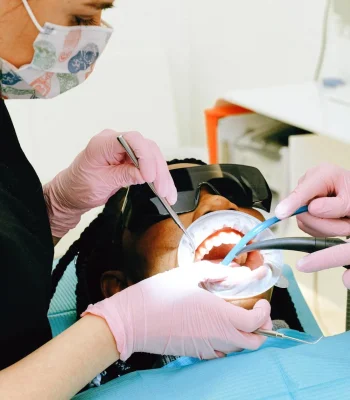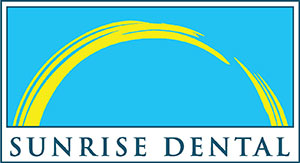You’ve likely heard the buzz about regular health screenings—mammograms, colonoscopies, skin checks. But there’s one that tends to fly under the radar, and it’s just as critical: oral cancer screening. It’s fast, painless, and could literally save your life.
Mouth cancer may not be a dinner table topic, but with over 54,000 new cases projected this year in the U.S., it’s far from uncommon. The earlier it’s caught, the better your odds—early detection can dramatically improve outcomes and expand treatment options.
So, What Is Oral Cancer Screening?
Think of it as a wellness check for your mouth. During a routine dental visit, your provider gives your mouth a thorough once-over—no pokes, no prep, no fuss. They’re looking for anything out of the ordinary: a weird patch, an unusual bump, a color that seems off. It’s a quick visual and tactile exam, and most of the time, you won’t even notice it’s happening. But this simple check can spot the earliest signs of cancer—long before symptoms appear.
Christopher Contag, director of Michigan State University’s Institute for Quantitative Health Science and Engineering, discusses the limitations of current screening methods: “Looking for significant changes in the appearance of the mouth is subjective and subtle changes can be missed. This limits the detection to significant advanced lesions that may have spread and are inherently difficult to treat.“
Why This Matters More Than You Think
Here’s the thing: oral cancer is highly treatable when caught early. We’re talking about survival rates nearing 90% if diagnosed in the early stages. That’s huge. But like so many cancers, if it’s not found until later, the road gets tougher.
Now, is there a debate out there about the necessity of routine screenings? Sure, a few voices in the medical community raise concerns about false positives and unnecessary follow-ups. But for folks with elevated risk factors—and that includes a lot of us—the benefits usually outweigh the what-ifs. It all comes down to having an open, thoughtful conversation with your provider.

Incidence Rates: In the United States, the rate of new cases of oral cavity and pharynx cancer is 11.5 per 100,000 men and women per year.
Who Should Be Paying Attention?
Let’s talk risk. If you smoke, chew tobacco, drink heavily, or have been exposed to HPV, your odds go up. Age plays a role too—most cases are diagnosed in people over 40.
So if any of that sounds like you, consider oral cancer screening a must-have, not a maybe. And even if you don’t check those boxes, having that conversation with your dentist is a smart move. Prevention is always better than reaction.
“About 90% of people with oral cancer use tobacco. The risk of developing these cancers increases with the amount smoked or chewed and the duration of the habit. Smokers are six times more likely than nonsmokers to develop these cancers. Smokeless tobacco (“snuff” or chewing tobacco) is associated with cancers of the cheek, gums, and inner surface of the lips. Smokeless tobacco increases the risk of these cancers by about 50 times.“
What to Expect During a Oral Cancer Screening

Here’s the part that surprises most people—it’s incredibly easy. Your dentist will look inside your mouth: lips, tongue, cheeks, roof, floor, even your throat. They’ll gently feel around for anything unusual. Sometimes they’ll use a special light or dye to catch things the naked eye might miss, but often, it’s all done visually and by touch.
If anything raises a flag, they’ll recommend a closer look—possibly a biopsy, which just means sending a small tissue sample to a lab. It sounds scarier than it is, and more often than not, it’s a case of “better safe than sorry.”
Let’s Be Real—What Are the Pros and Cons?
On the plus side: early detection, peace of mind, and proactive health care. Especially if you’re in a higher-risk group, regular screenings can be a game-changer.
On the flip side: no test is perfect. False positives can cause stress and may lead to extra testing. False negatives are possible too—nothing’s 100%. But most dental pros agree: when in doubt, check it out. The potential to catch cancer early and act quickly outweighs the minimal downsides for many patients.
Age Factor: The incidence of oral cancer increases with age, becoming more rapid after age 50, particularly for adults aged 65 years and older.
Taking the Lead on Your Oral Health
Here’s your takeaway: oral cancer screenings aren’t just important—they’re empowering. They’re a small step that can make a life-changing difference. And they’re part of a bigger picture—treating your mouth as part of your total health, not an afterthought.
If you haven’t talked to your dentist about it, now’s the time. Ask questions. Be curious. Your provider is there to do more than polish your smile—they’re your partner in whole-body wellness.
Making oral cancer screenings part of your routine isn’t just smart—it’s self-care in its highest form. So go ahead. Take that simple, powerful step. Your future self might just thank you.

